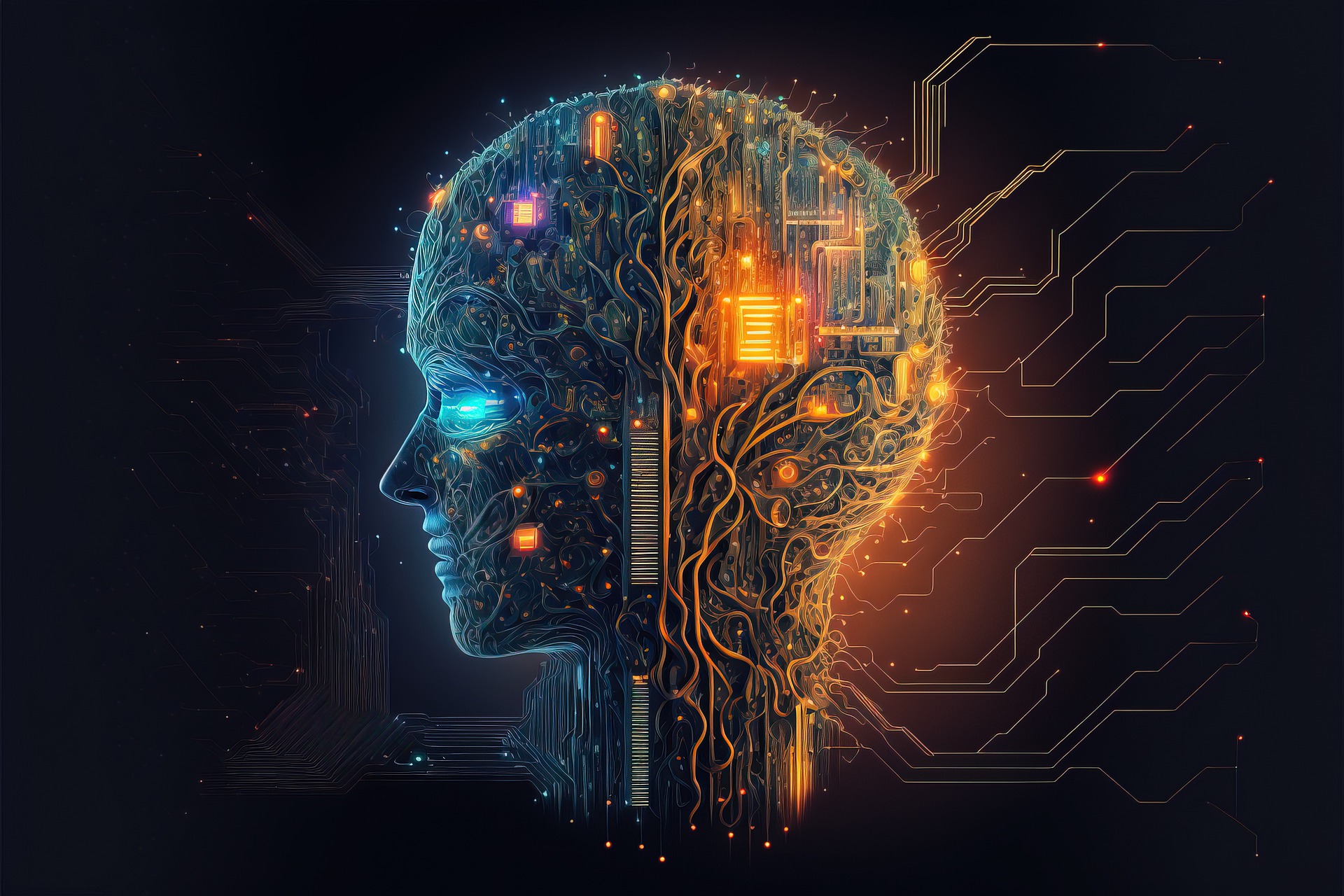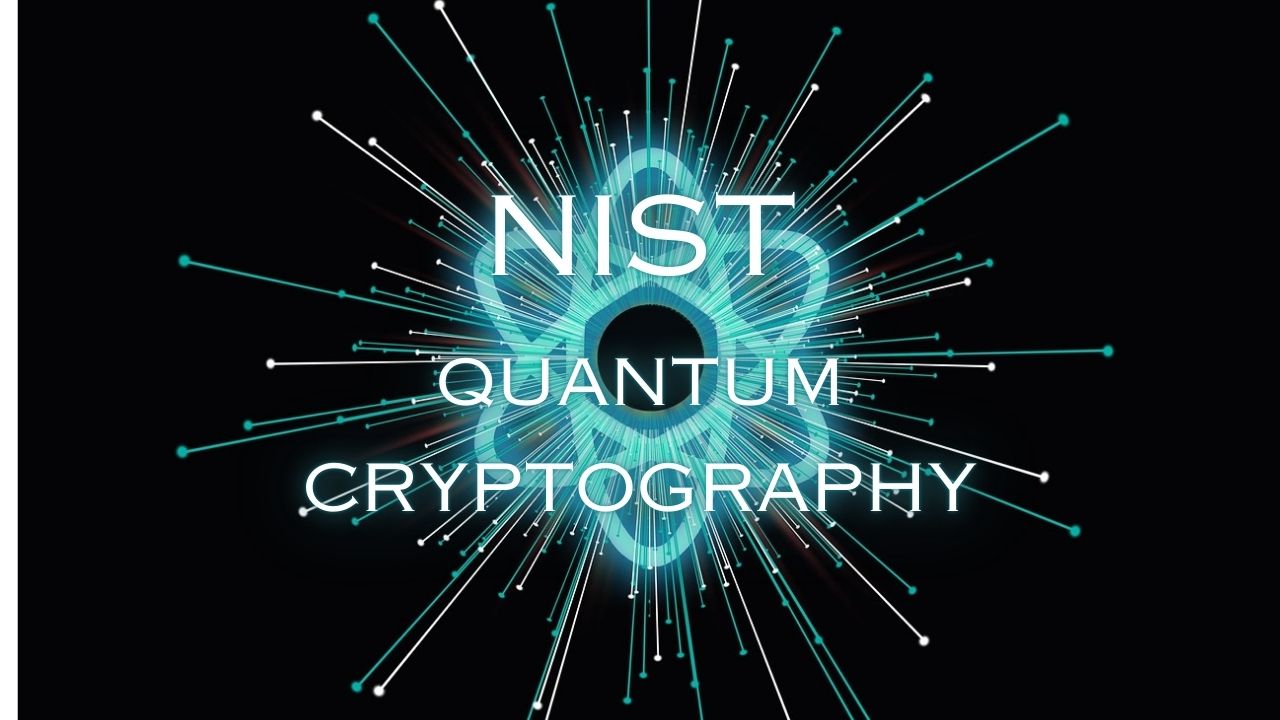Can AI Debug Like Humans? Exploring Microsoft’s Debug-Gym and the Future of AI Debugging
Artificial Intelligence (AI) has made significant strides in various domains, including software development. AI models can now generate code snippets, suggest improvements, and even assist in automating repetitive tasks. However, when it comes to debugging identifying and fixing errors in code. AI still has a long way to go. The Current State of AI in










